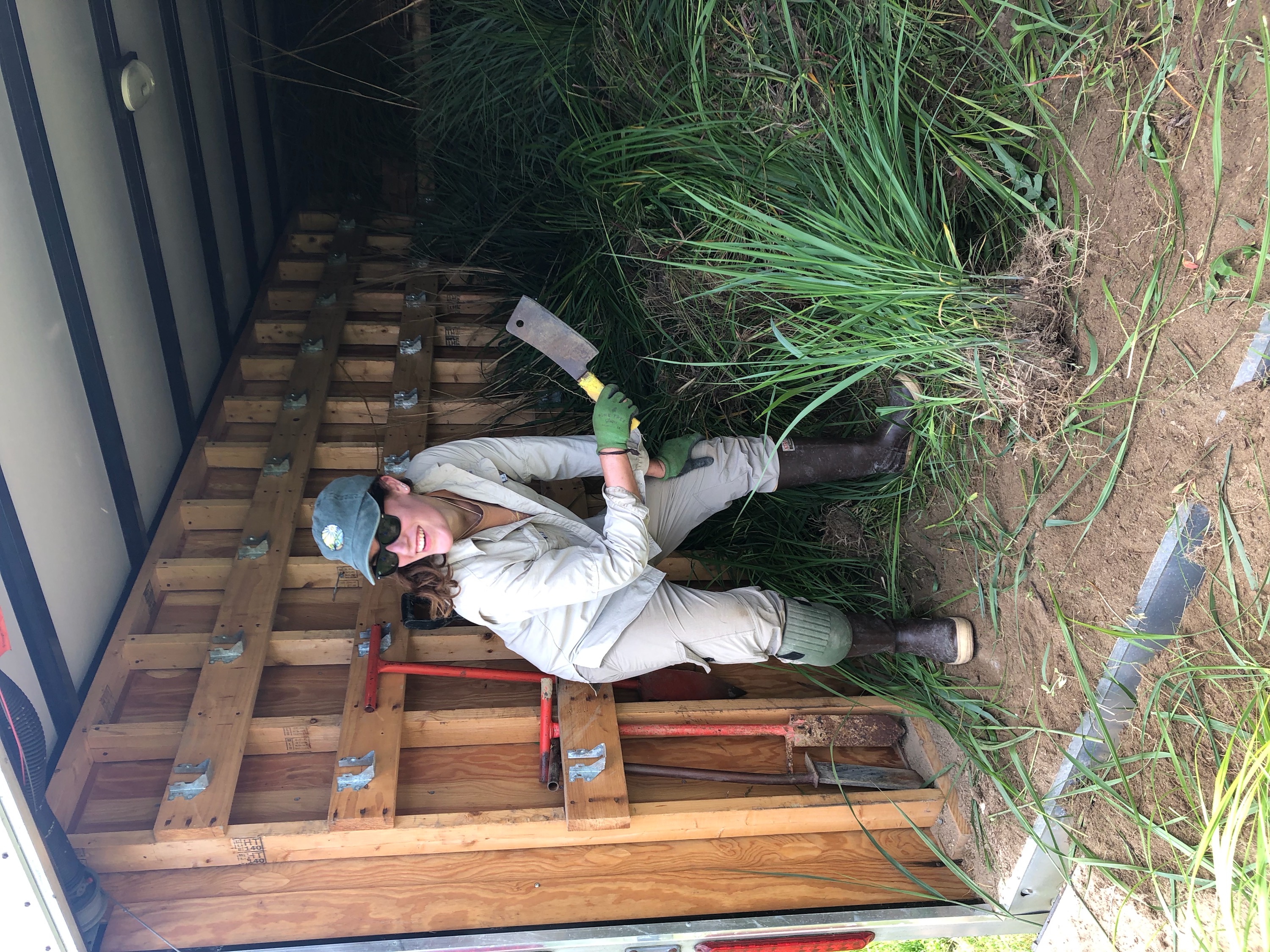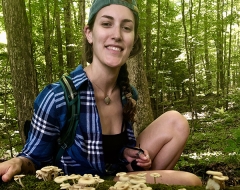Knauss legislative fellowships in Congress help build careers — and they're fun and educational. See our video and fact sheet for details.
From Wading to Diving: Making marine conservation come to life
When I finished my PhD in wetland ecology in April of last year, I wasn’t quite sure what I wanted to do next. I loved that I was finally making a career in my dream field of environmental conservation. I even loved slogging through soggy, pungent salt marshes in chest-high waders to collect water samples and take soil cores. But I didn’t love hours spent sitting in excessively technical, jargon-filled talks that sometimes seemed to miss the forest for the trees.
In fact, my favorite grad school moments were when non-scientists challenged me to explain my research in straightforward terms. Through these moments, I realized that succinctly and persuasively nailing down my message—the “so what” of my work—was the key to getting people to care about conservation.

With that, I decided to dip my toes deeper into the waters of science communication. I applied and was accepted into Sea Grant’s Knauss Marine Policy Fellowship. For decades, Sea Grant has been running this unique program for graduate students interested in learning how policy decisions affect coastal, ocean, and Great Lakes resources.
During the fellowship, students get the opportunity to learn the ropes in the executive and legislative branches of government. After many interviews with different government offices, I was placed in the National Oceanic and Atmospheric Administration (NOAA) Fisheries’ Deep Sea Coral Research and Technology Program, the only federal program dedicated to understanding deep-sea coral and sponge ecosystems. I purposely threw myself out of my subject-area comfort zone—after five years of conducting research in shallow salt marshes that hugged the coastline, I was learning all about exploration and research in the deep ocean.
Since I started the fellowship, I have been flooded with science communication opportunities. I have mentored undergraduate students, joined a pen pal program that connects scientists to elementary and middle-school students, written web stories on deep sea habitat protections, and even participated in an all interested congressional staff briefing on deep sea corals and sponges.
At the beginning of September, I switched gears yet again. My division, Habitat Protection, gave me a chance to take on a new role in addition to my work on deep sea corals. Our communications specialist started a four-month detail and my supervisors asked me if I would like to cover many of her responsibilities. I enthusiastically accepted.

I am a little over one month into my new role. I love working within my division, across offices at NOAA, and even across other federal agencies and non-governmental organizations to bring our work and research to life. Our division is located within NOAA Fisheries’ larger Office of Habitat Conservation. Every day, we work to protect aquatic environments—from wetlands, to rivers, to coral reefs.
Effectively conveying complex scientific ideas to all types of audiences is critical to moving the needle on the most pressing environmental issues that we face today. Addressing these complex problems will require an unprecedented amount of cooperation among policymakers, scientists, and other stakeholders. Thus, science communication is more important than ever. I am so grateful that my time as a fellow has allowed me to explore this exciting career path!
Photo, top left: Dani Weissman in Watkins Glen State Park, New York. Photo courtesy of Dani Weissman.
See all posts to the Fellowship Experiences blog



